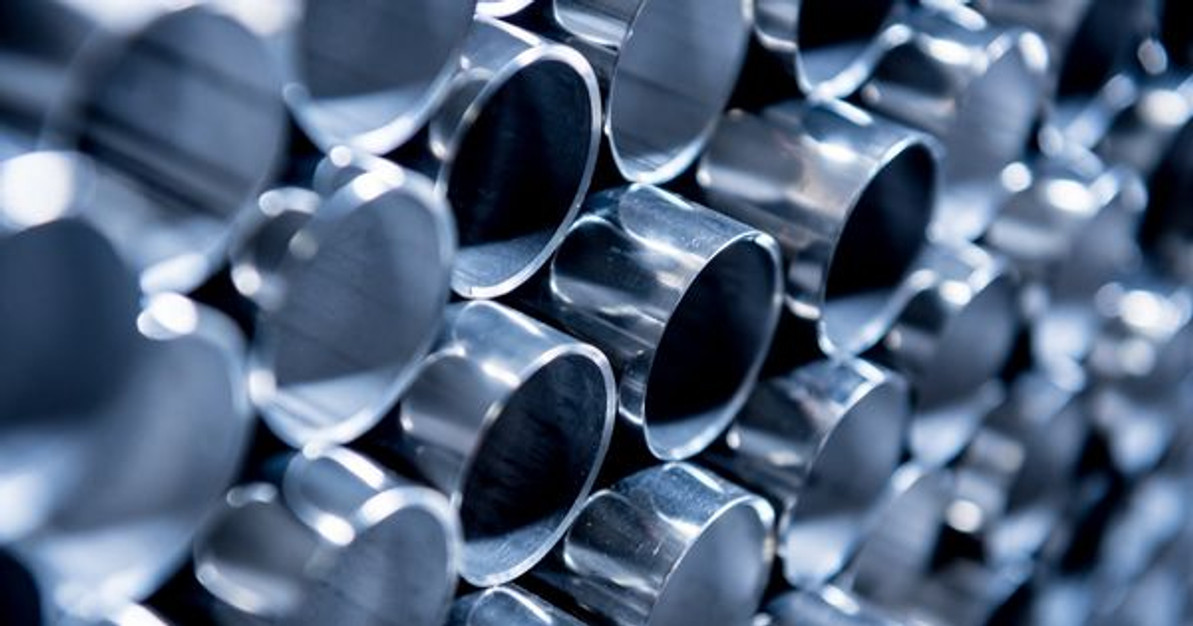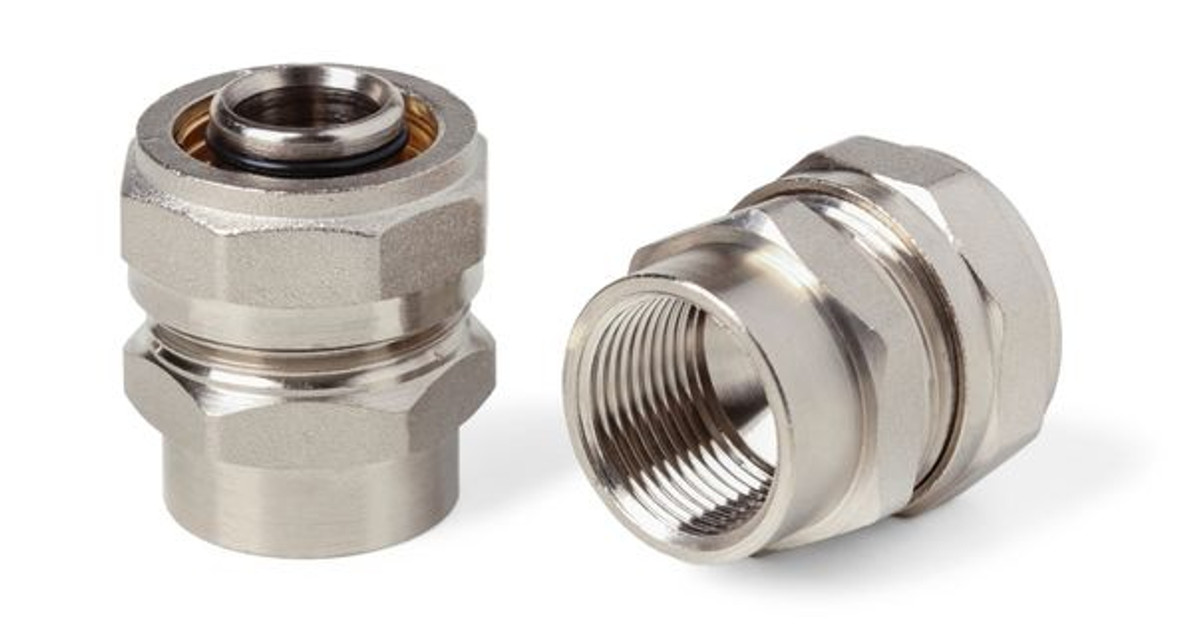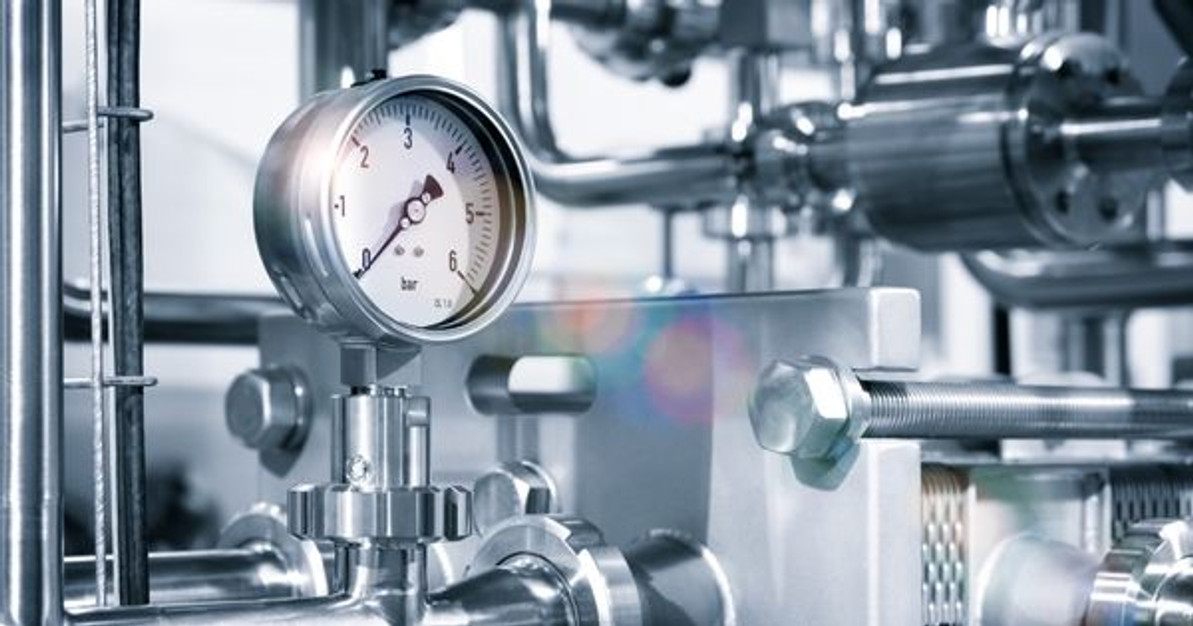 Oct 27th 2021
Oct 27th 2021The Numerous Benefits of Stainless Steel
When it comes to choosing the best sanitary clamps and sanitary pipe fittings, stainless steel options are the ones that will serve you best. Stainless steel sanitary fittings, when used under the right conditions, have the potential to last over 100 years. This is due, in large part, to the fact that stainless steel is exceptionally durable and resistant to many of the factors that cause deterioration in other metals. If you’re looking for the best sanitary clamps, sanitary valves, pipes, or fittings, keep reading to learn why stainless steel options will benefit you.
The Advantages of Using Stainless Steel
"Stainless steel," as a term, actually refers to different types of steel. Although there are many to choose from, they all have the same "stainless" properties. As with traditional steel, stainless options are created from carbon and iron via a two-step process where impurities are removed from molten raw iron. The difference between traditional steel and stainless comes down to the addition of chromium, which changes the oxidation rate of the steel itself. This addition is why traditional steel can rust and corrode over time and stainless steel won’t. This resistance to corrosion is what makes stainless steel perfect for sanitary clamps, valves, pipes, and fittings. Additional elements can be added to the stainless steel to change its grade, giving you a wide variety of specific types of stainless steel to choose from.
Additional Properties
In addition to resisting oxidation and corrosion, stainless steel has additional properties that make it suitable for sanitary clamps and fittings. Stainless steel is exceptionally strong and durable as well as relatively cost effective to buy. It can also perform well in both high and low extreme temperatures without failure. For instance, grades 304 and 316 can function in heat of up to 1,700 degrees Fahrenheit and up to 2,100 degrees for grade 310. Depending on your temperature needs, various grades of stainless steel can serve you well.
Furthermore, traditional steel is susceptible to pitting and rusting as it is exposed to oxygen. These pits are detrimental to maintaining a sanitary environment because bacteria can build up in these areas over time. Because stainless steel is resistant to pitting and rusting, it is perfect for keeping food and other sanitary products free from contamination.
If you’re in need of sanitary clamps or fittings for your facility, keep in mind the advantages that stainless steel can provide. Already an industry standard, this material can help you deliver the highest quality of sanitation and keep your production running smoothly for decades to come.
 Oct 27th 2021
Oct 27th 2021Recent Posts
-
Nov 7th 2022
What Is Food-Grade Stainless Steel Tubing?
Businesses that produce food and beverage products must operate hygienically. Sterile environments a …Nov 7th 2022
-
Oct 11th 2022
Why Sanitary Fittings Are Important for the Medical Industry
Sanitary fittings are useful for many industries. Food and beverage manufacturers have used these to …Oct 11th 2022
-
Sep 23rd 2022
What Is the Max Operating Temperature for Stainless Steel?
Stainless steel is valued in many industrial applications because it’s capable of withstanding high …Sep 23rd 2022



